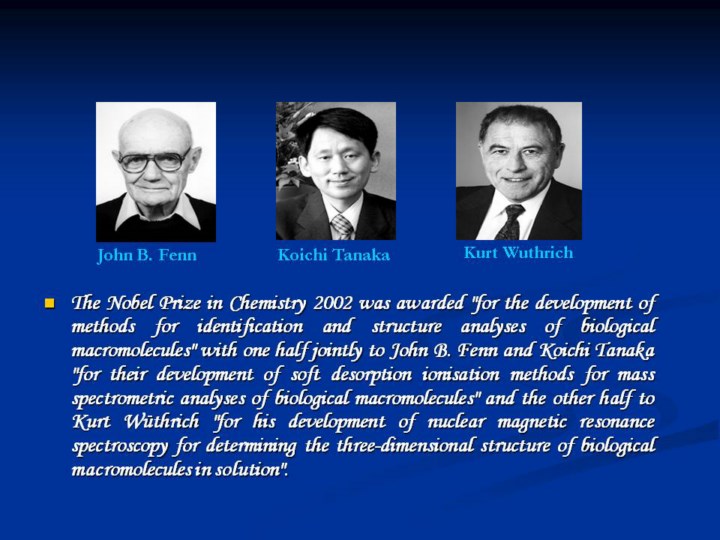| front |1 |2 |3 |4 |5 |6 |7 |8 |9 |10 |11 |12 |13 |14 |15 |16 |17 |18 |19 |20 |21 |22 |23 |24 |25 |26 |27 |28 |29 |30 |31 |32 |33 |34 |35|36 |37 |38 |39 |40 |41 |42 |43 |44 |45 |46 |47 |48 |49 |50 |51 |52 |53 |54 |55 |56 |57 |58 |59 |60 |61 |62|63 |64 |65 |66 |67 |68 |review |
 |
Mass spectrometry now
allows us to identify a substance in a sample, rapidly, on the basis of its
mass. This technique has long been used by chemists on small and
medium-sized molecules. The method is so sensitive that it is possible to
trace very small quantities of each type of molecule. Doping and drug tests,
foodstuff control and environmental analysis are examples of areas where
mass spectrometry is now in routine use.
|